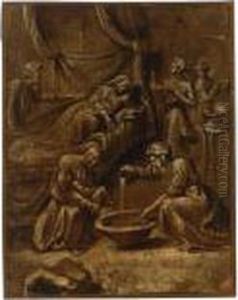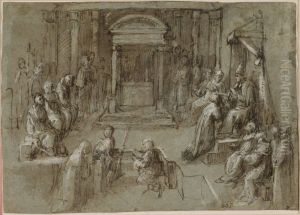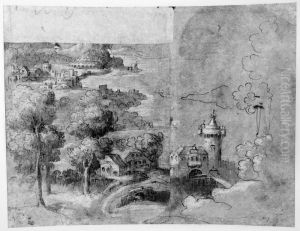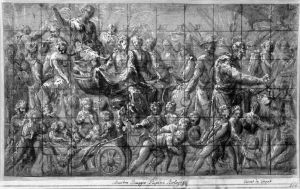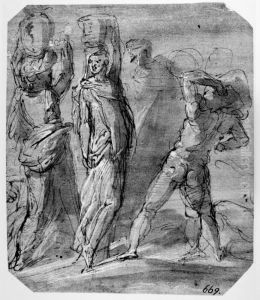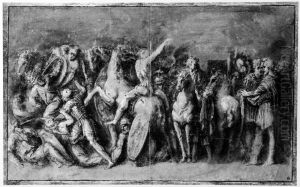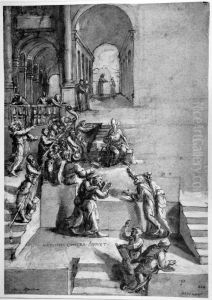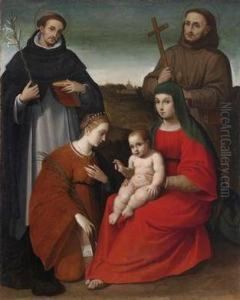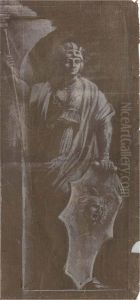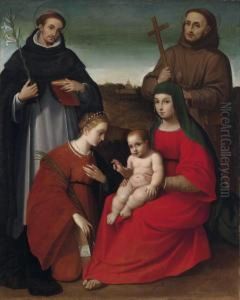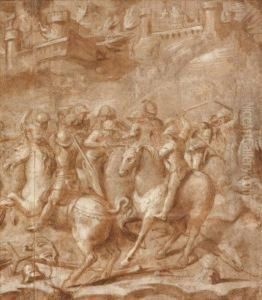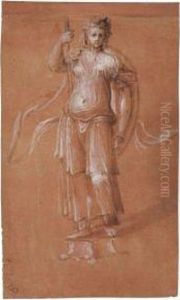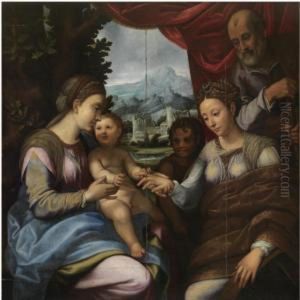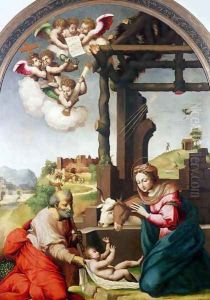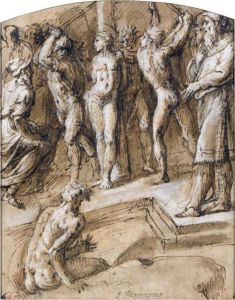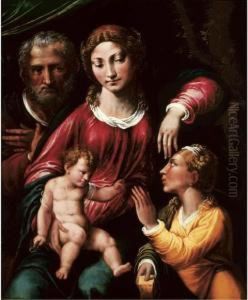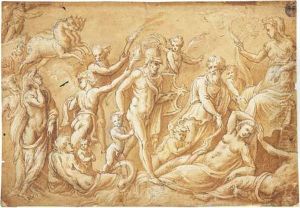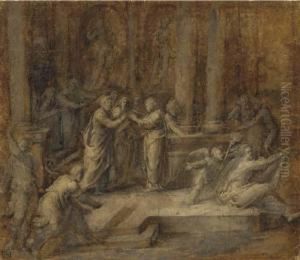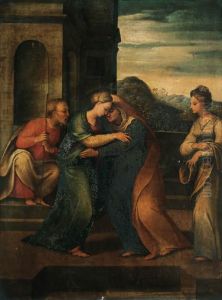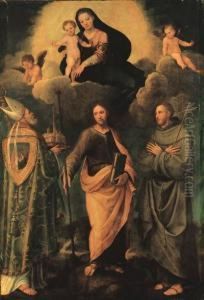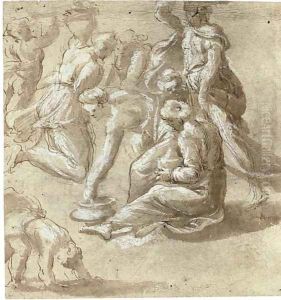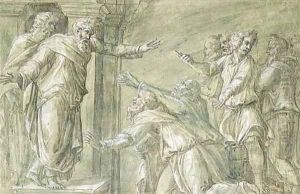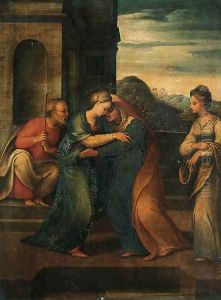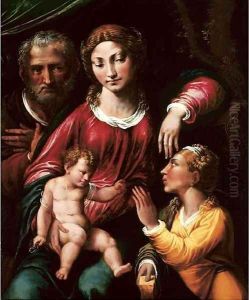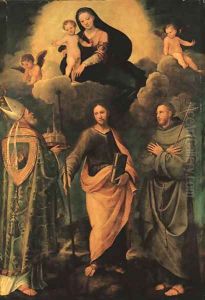Biagio Pupini Paintings
Biagio Pupini was an Italian painter and engraver who is associated with the Bolognese School of the Renaissance period. His exact birth and death dates are not precisely documented, but he is thought to have been born around 1490 and to have died around 1575. Pupini's work is often considered to be influenced by the style of Raphael and Marcantonio Raimondi, suggesting that he was active in his craft during the height of the Italian Renaissance, a period that celebrated humanism and the revival of classical antiquity in art.
Pupini's career is somewhat shrouded in mystery, as there are few surviving records detailing his life. However, it is known that he spent a significant portion of his career in Bologna, where he contributed to the city's artistic legacy alongside contemporaries such as Biagio d’Antonio and Amico Aspertini. His style is characterized by delicate and graceful figures, often imbued with a sense of serenity and spiritual depth.
Although Pupini is primarily known for his paintings, he also made a significant contribution to the field of engraving. His engravings demonstrate a mastery of line and form, and they played a crucial role in disseminating the stylistic elements of the High Renaissance throughout Italy and beyond. These works often depicted religious scenes, reflecting the period's deep spiritual and theological interests.
Despite his contributions to the Italian Renaissance, Biagio Pupini remains a relatively obscure figure in art history. Few of his works have been definitively attributed to him, making it challenging for scholars to fully assess his impact on the period. Nevertheless, the pieces that are attributed to Pupini showcase the elegance and sophistication of Renaissance artistry, highlighting his skills as both a painter and an engraver.
In summary, Biagio Pupini was an artist whose work epitomized the ideals of the Renaissance. Through his paintings and engravings, he contributed to the cultural richness of Bologna and the broader Italian art scene. While much of his life and work remain enigmatic, the surviving pieces of his oeuvre continue to captivate art enthusiasts and scholars alike.
